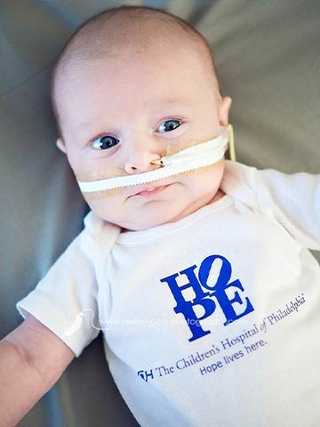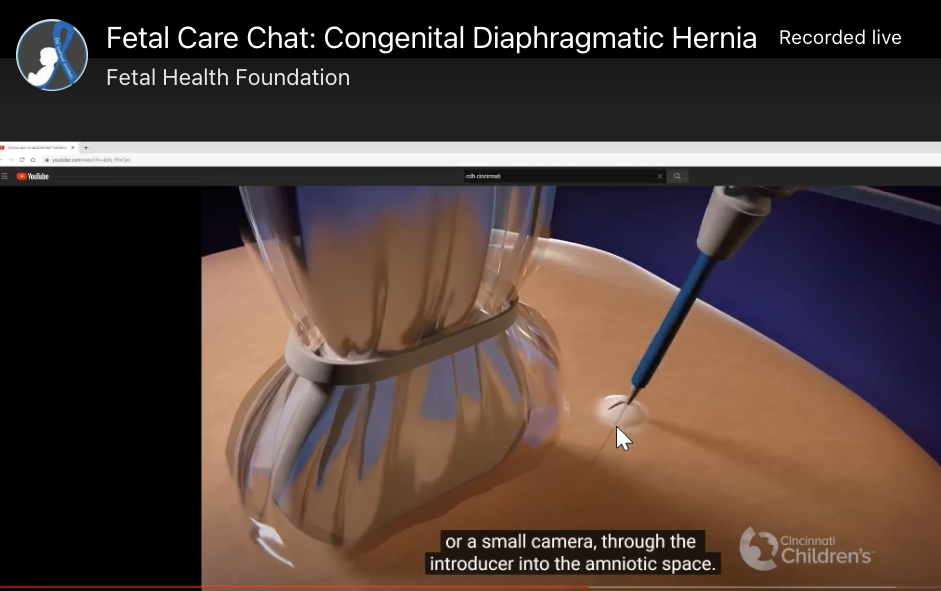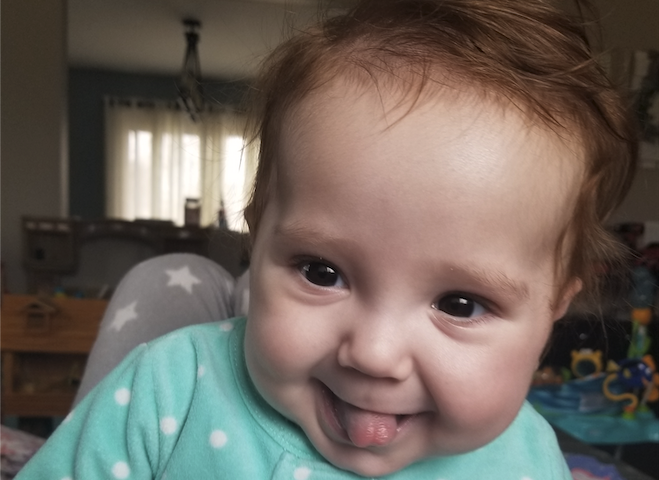
by Erika K Wolf | Apr 2, 2025 | Blogs, Bowel Obstruction, Condition, Congenital Diaphragmatic Hernia, front-page, News, Story
A family’s journey through the challenges of CDH led them to life-saving care at Children’s Hospital of Philadelphia, where their son received expert treatment and a second chance at life.

by Erika K Wolf | Oct 26, 2024 | Blogs, Condition, Congenital Diaphragmatic Hernia, front-page, Hydrocephalus/ Ventriculomegaly, Myelomeningocele/Spina Bifida, News, Spina Bifida, Story, Uncategorized
5-minute read
A young mom is faced with life or death decisions soon after learning her son’s diagnosis of spina bifida and hydrocephalus. She tells us her heartwarming story.

by Fetal Health Foundation | Mar 15, 2024 | Blogs, Congenital Diaphragmatic Hernia, front-page, Meningocele, Myelomeningocele/Spina Bifida, News, Pulmonary Agensis, Pulmonary Atresia with Intact Ventricle Septum, Pulmonary Sequestration, Sacrococcygeal Teratoma, Story, Twin-to-Twin Transfusion Syndrome
Fetal Health Foundation Medical Advisory Board member Dr. Timothy Crombleholme, MD, who leads the Fetal Care Center at Connecticut Children’s, shares six important details to consider when your baby needs fetal intervention not just to survive, but to thrive.

by Fetal Health Foundation | Jun 8, 2022 | Congenital Diaphragmatic Hernia, Fetal Care Chat, front-page, News
Video: Congenital diaphragmatic hernia, or CDH, and treatment options were the topics of conversation for experts from Cincinnati Children’s Hospital

by Fetal Health Foundation | Apr 29, 2021 | Blogs, Congenital Diaphragmatic Hernia, front-page, News
CDH affects 1,600 babies in the U.S. each year. In CDH, a hole in the diaphragm allows abdominal organs to move upwards into the chest during development, crowding the lungs and inhibiting their proper growth. Underdeveloped lungs and blood vessels that supply the lungs can cause high blood pressure in the lungs, asthma, gastrointestinal reflux, feeding disorders and developmental delays in childhood survivors of CDH.

by Fetal Health Foundation | May 28, 2020 | Condition, Congenital Diaphragmatic Hernia, front-page, News, Story
“In severe cases of CDH, the survival rate is ranging from less than 20% to 50%, but with FETO, we’re seeing a huge improvement in odds of survival,” said Dr. Lim. “Right now, it looks like survival rates as high as 80-90% are possible, but we’re still learning.”






